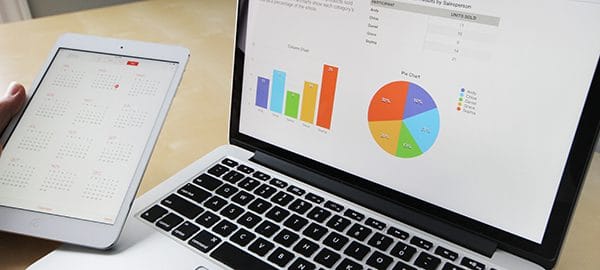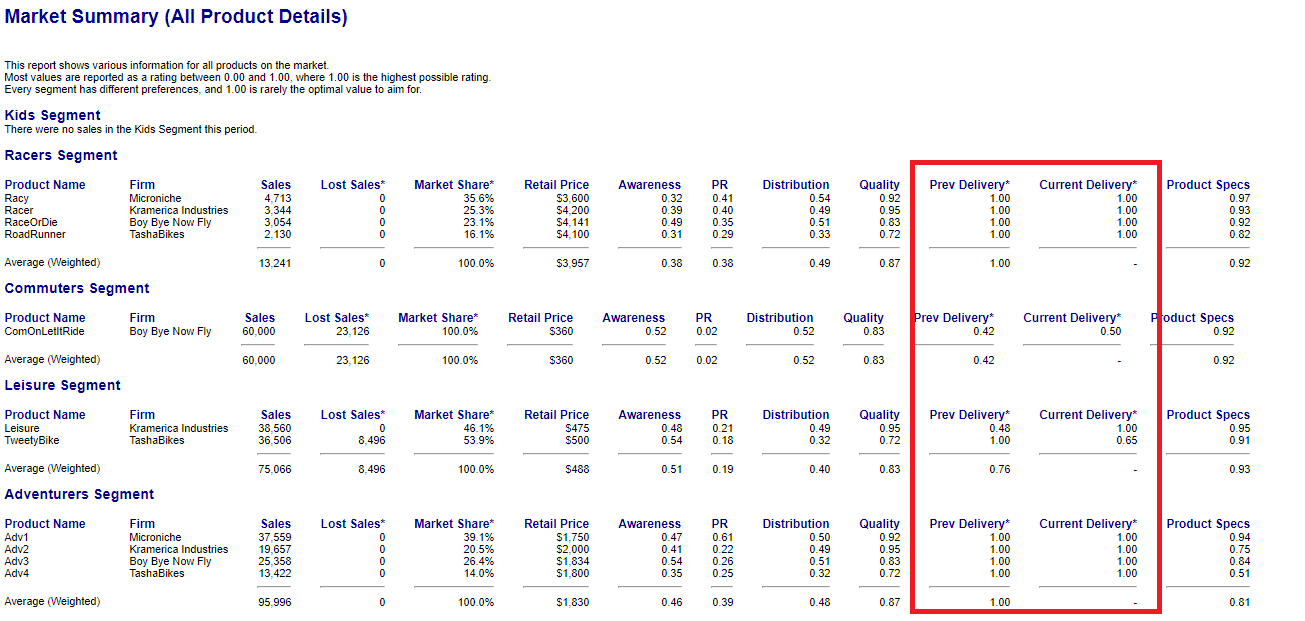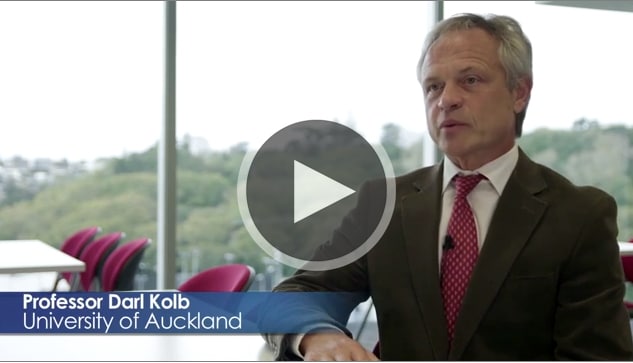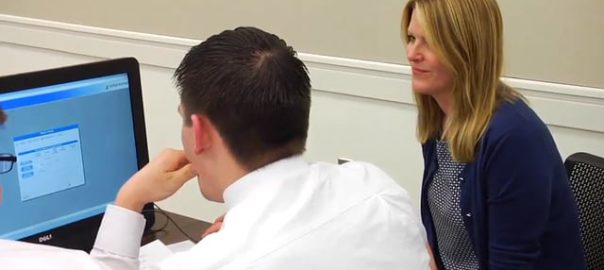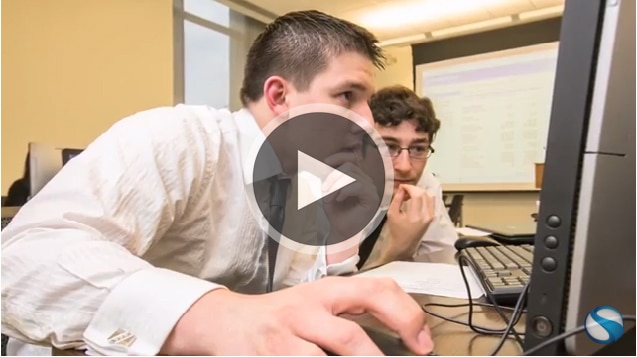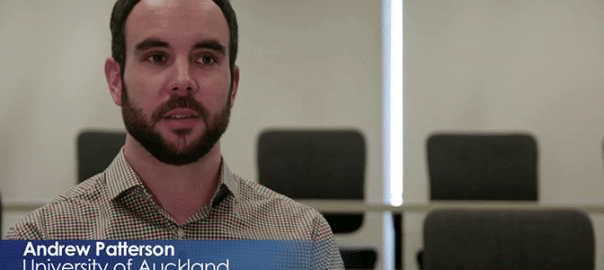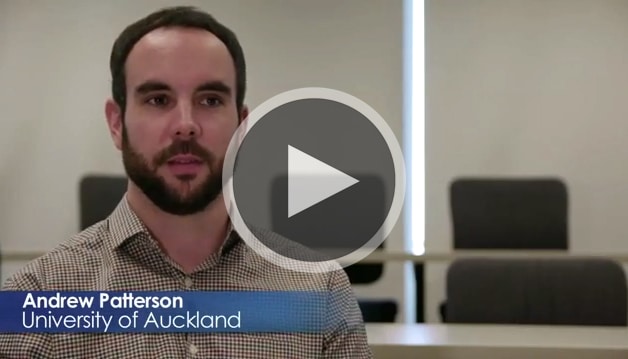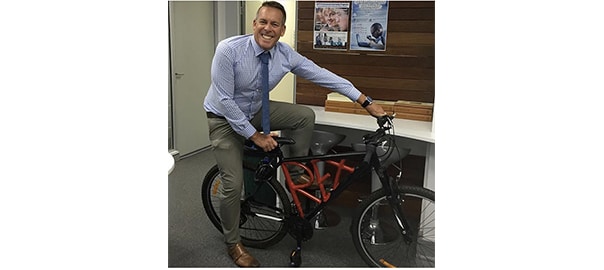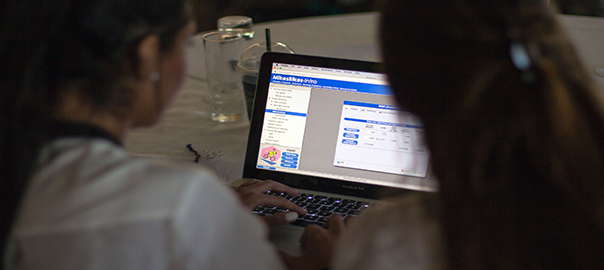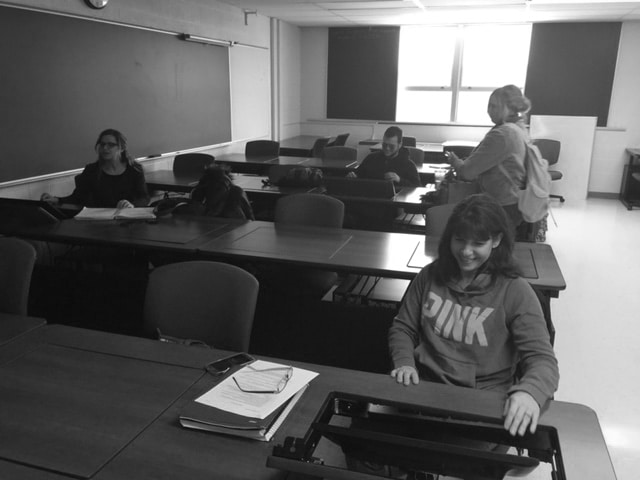In our MikesBikes Introduction to Business Simulation and our MikesBikes Advanced Strategic Management Simulation the main performance indicator is Shareholder Value (SHV). So of course one of the most common questions students ask is “how do I increase my shareholder value”?
What is Shareholder Value?
Shareholder Value (SHV) is the value to an investor of owning a single share in a company. As the Managers of your MikesBikes company, your key performance indicator will be SHV. Therefore, the success of your company will be measured by the amount of SHV you can create in comparison to your competitors. So your primary goal should be to increase or maximize your SHV.
Shareholder Value is a measure of:
Share Price (the value of one share in your company) + Dividends (all past dividends paid including interest)
Your Share Price is primarily driven by Profitability and Earnings per Share (EPS).
How do I increase Shareholder Value?
To increase your Shareholder Value you must:
- Maximize Profitability;
- Minimize Shareholder Investment;
- Minimize Debt; and
- Pay Dividends.
Profitability
Increasing your company’s profit requires a combination of increasing sales revenue while decreasing your costs.
Strategies to increase sales revenue:
- Optimize your Retail Price: Is your Retail Price balanced between maximizing profit while remaining competitive?
- Increase productivity of your factory.
- Launch a New Product.
- Find new customers through a better targeted marketing strategy: Profit is maximized through the efficient use of resources to deliver desirable products.
Strategies to decrease costs:
- Decrease inventory.
- Reduce the Prime Cost of your Product(s).
- Decrease wastage in production.
- Focus on your more profitable products.
Earnings Per Share (EPS)
Earnings Per Share (EPS) is calculated using your Net Earnings (Profit) divided by total Outstanding Shares.
Example 1: Firm A has 2 million shares issued and made $1 million profit, EPS = $0.50
Example 2: Firm B has 20 million shares issued and made $10 million profit, EPS = $0.50
Example 3: Firm C has 2 million shares issued and made $2 million profit, EPS = $1.00
Debt to Equity (D/E) Ratio
A higher D/E ratio means higher risk which results in a lower share price and SHV.
Dividends
A dividend is a payment by a company to its shareholders, once they are sufficiently profitable, to allow shareholders to make a return on their investment. So dividends increase the value in owning your shares, therefore, dividends have a positive impact on your Shareholder Value.
Note: MikesBikes restricts the maximum size of the dividend payment that you are allowed to make based on your average earnings per share to stop you accidentally bankrupting your company.
Strategy
To do well in MikesBikes you must develop a long-term strategy. In the 1980’s, Michael Porter did considerable work in defining three types of strategies that “fit” a business unit into its environment. These are called differentiated, cost and focus strategies. These are especially pertinent in the MikesBikes scenario. For further information see Michael Porter’s Ideas on Strategy.
How to win MikesBikes?
Other common questions we are asked are:
Is there one “winning strategy” in MikesBikes?
How is there a “How to Win MikesBikes Guide”?
Are there any MikesBikes cheats?
The answer to all these questions is NO. However, that is in fact a very good thing. The most important outcome for you as students is to learn the key principles behind making effective and prudent decisions. We hear all the time from past students that learning these core business concepts was key to their success in job interviews and their subsequent career.
A lot of our competitor’s business simulators tend to be over simplistic and rely on computer controlled (robot) opponents. As a result, the same decisions entered in one iteration of the simulation can be used across the class or across semesters to yield the same results. This means cheat sheets are often developed to be shared around the class or across the internet.
Here at Smartsims we strive to ensure every iteration of our simulations is unique. This is done through a sophisticated model, a dynamic simulation scenario, and the use of real student competitors (rather than computer robots). So although the business concepts and decision-making principles taught and applied are the same for every student, the strategy and decisions adopted by each team must be specific to their scenario and their competitor’s strategy and decisions. As a result, every iteration of the simulation is unique. The upside of this is it also makes teaching a business course with a simulator a new and exciting experience each semester.
Related Articles
Common Mistakes made by Students in MikesBikes
MikesBikes Intro (Foundations of Business Simulation) Tutorial Videos
MikesBikes Advanced (Strategic Management Simulation) Tutorial Videos
